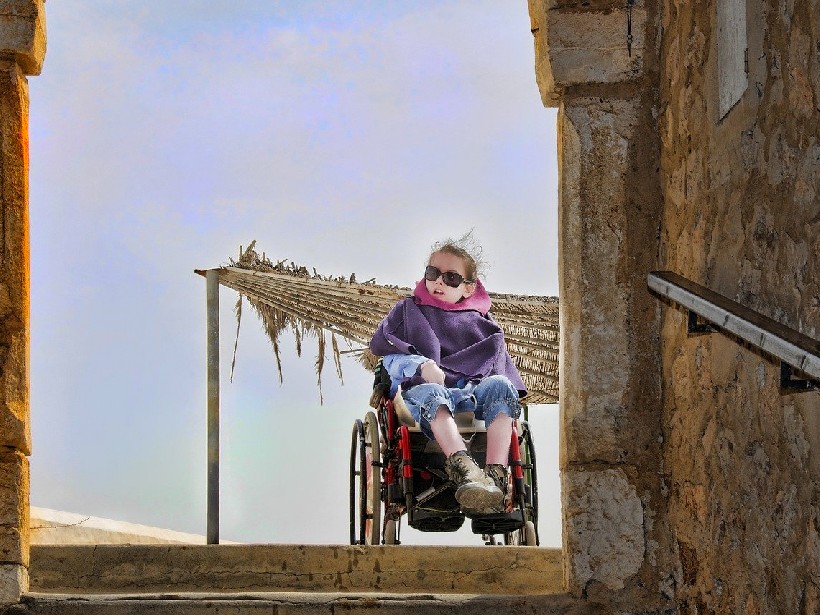The Covid-19 pandemic brought restrictions on travelling followed by changes in road and pavement allocation. Positive outcome was that in many cities across the UK pedestrians and cyclists found more spaces in which to travel safely. However, changes in infrastructure and operations have rarely taken into account disabled persons` perspectives. As councils have had to rapidly adapt road infrastructure during lockdown, disability rights campaigners have been keen to stress that any changes should bring everyone with them and not just those who are able to walk and cycle. Since the beginning of the pandemic, the media has reported numbers of issues related to navigating new road layout, street furniture or objects impeding mobility of vulnerable users. Some experimental changes might be made permanent which brings us back to the question: in what kind of cities do we want to live in? And more importantly: how do we design inclusive urban spaces accessible to all?
To understand the impact of the pandemic on disabled people in Great Britain, it is important to look at available data indicators from the Opinions and Lifestyle Survey on the social impact of the coronavirus. Some people with disabilities might be more likely to get infected or have severe illness because of underlying medical conditions which puts them in the risk group. However, physical health is just one of their concerns. Disabled people are becoming more concerned about their mental health and experiencing feelings of loneliness as a result of social isolation, which affects disabled children specifically. The majority of respondents reported debilitating impacts of the pandemic on their well-being, with 6 out of 10 reporting high levels of anxiety. One way to improve overall wellbeing is to bring the community back together to safe, inclusive spaces that are accessible to everyone.
Urban spaces in post-covid scenarios may look different in the future to accommodate more walking, cycling, and to enable social distancing. Re-allocating road and pavement space has an impact on all residents. However, vulnerable users (people with impaired mobility, or sight, the disabled, elderly, and carers) are affected more by any changes in special design, or even by road furniture that can create another barrier to their mobility. The UK Government updated its guidance for local authorities in England on 9 May. In addition to providing £250m for local authorities to use immediately in road space reallocation such as pop-up cycle lanes, pavement widening and bus and cycle corridors. Authorities may put in place monitoring arrangements, and carry out ongoing consultation once the new arrangements are in place. It is vital to include voices of disabled persons and those with impaired mobility into ongoing discussion and public consultation to create new spaces accessible for all.





